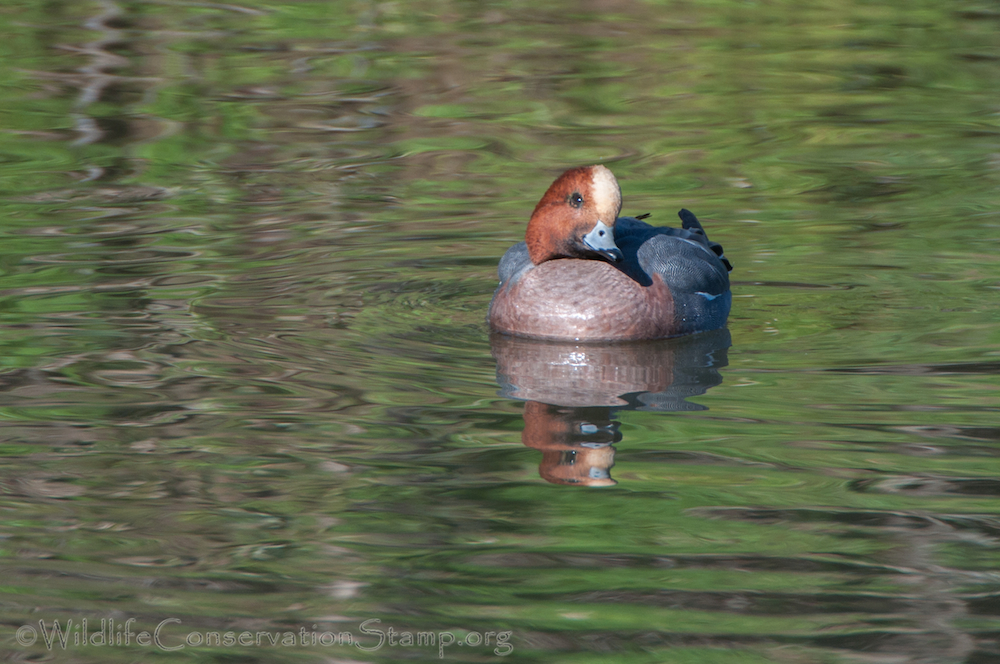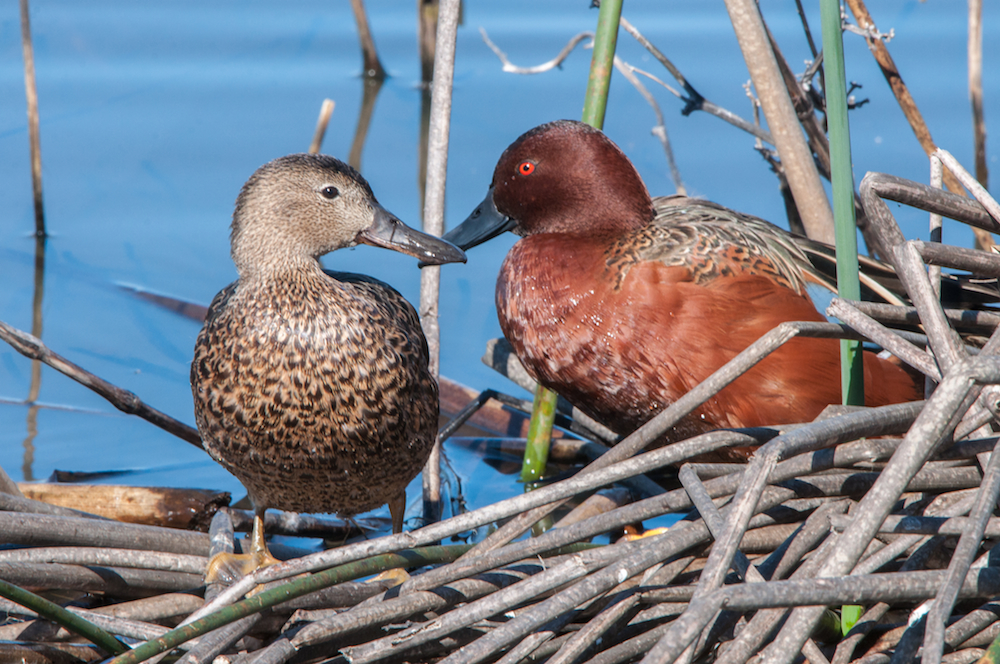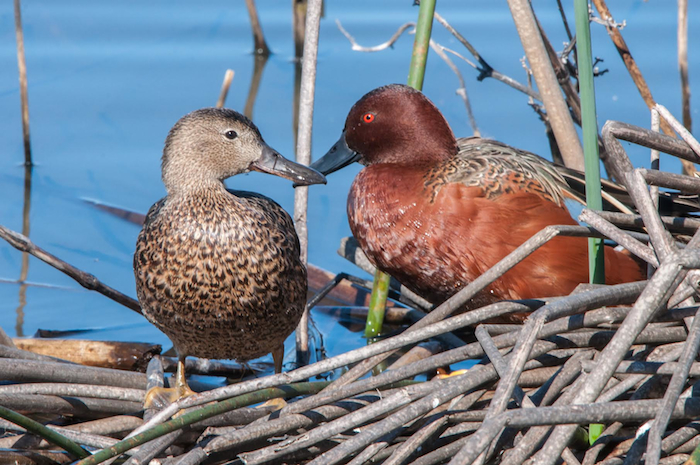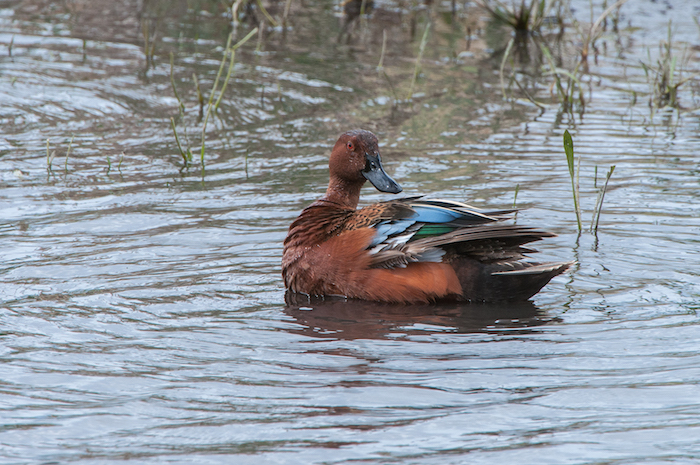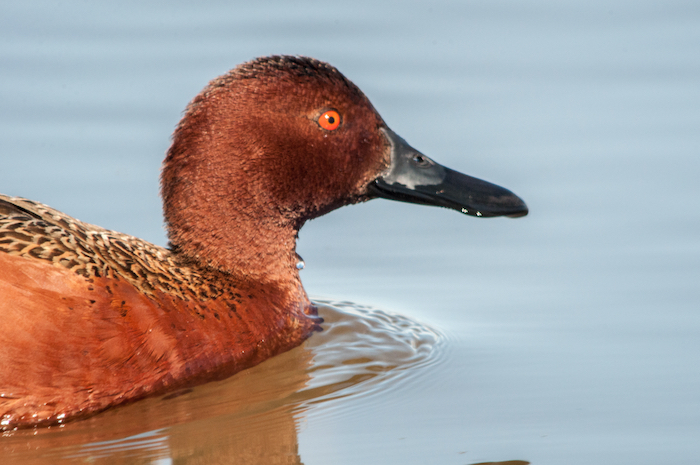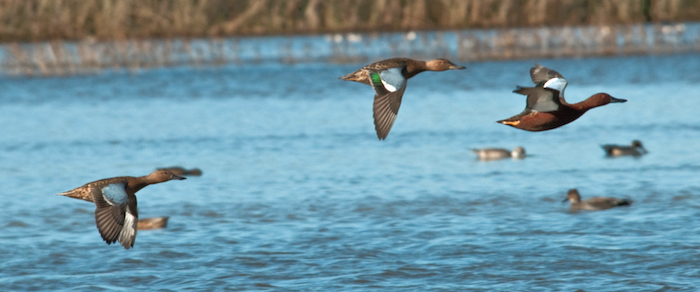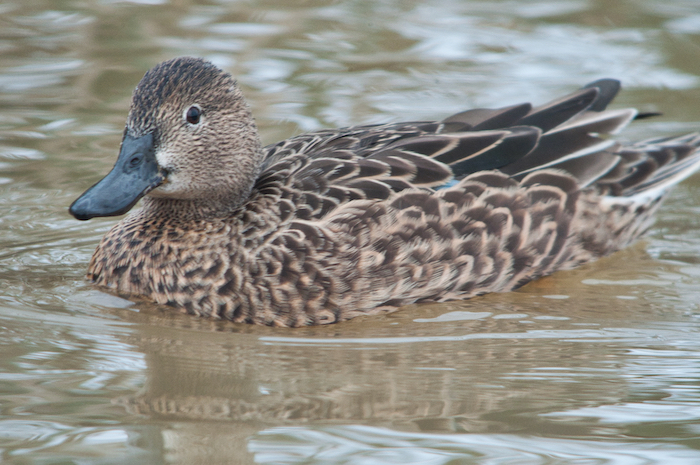
Join us for an informative webinar on the identification of puddle ducks, presented by expert birder Dessi Sieburth. This session will focus on key species like the Blue-winged Teal, Cinnamon Teal, Green-winged Teal, Northern Shoveler, Gadwall, Mallard, and Northern Pintail. Dessi will walk us through the distinguishing characteristics of each species, helping both beginners and experienced birders sharpen their identification skills.
Through detailed comparisons of plumage, behavior, and habitat preferences, we will learn how to confidently identify these common yet diverse waterfowl. Whether you’re new to birding or looking to refine your field skills, this webinar offers valuable insights into recognizing puddle ducks in various stages of life and seasonal appearances.
Please join us for a fun and informative evening!
This webinar will be livestreamed on our YouTube channel and will also be recorded for later viewing. Please use the YouTube link above (alternatively: https://tinyurl.com/2y6efp3f) which will take you directly to LAB’s main page, where the live webinar should be visible once it begins at 7pm.
Become a LAB Member! Though our webinars will always remain free and available to all, members of Los Angeles Birders have access to live webinars via Zoom, invitations to special LAB-only field trips, priority sign-up on LAB field trips & events, and discounts on paid LAB programs. To learn more about membership, please see our website!
Looking for a past webinar? Don’t forget that a list of all of our previously recorded webinars is available on our website – which might come in handy if you want to study up before a field trip, or if you’re looking to build your birding skills from home! Just scroll all the way down, past our upcoming and most recent online programs and you’ll find a list of webinars sorted by category. These recordings are all viewable via our YouTube page.


